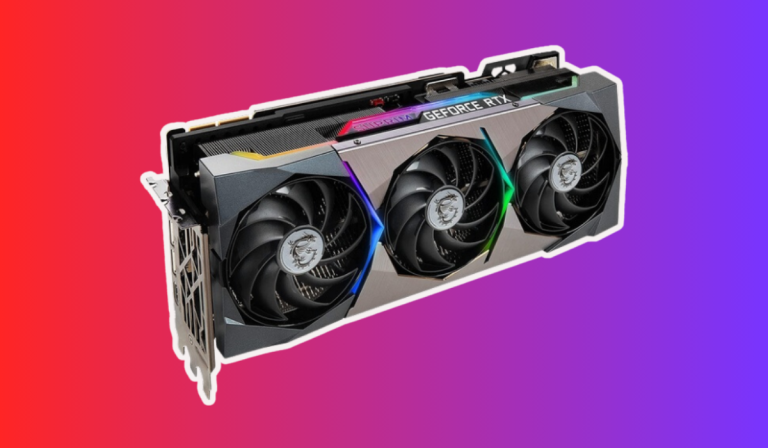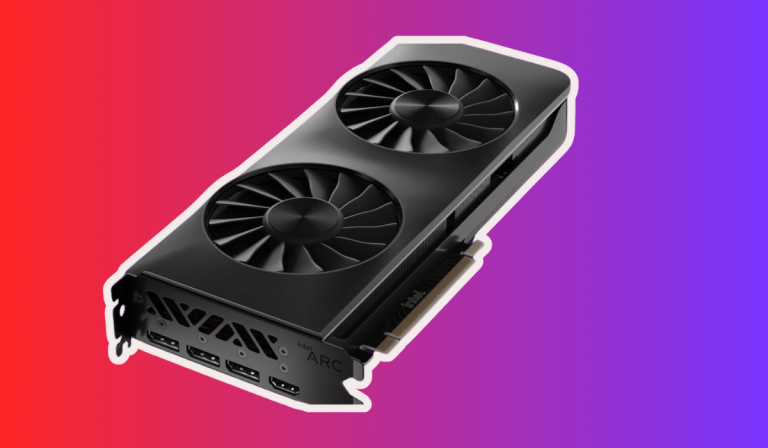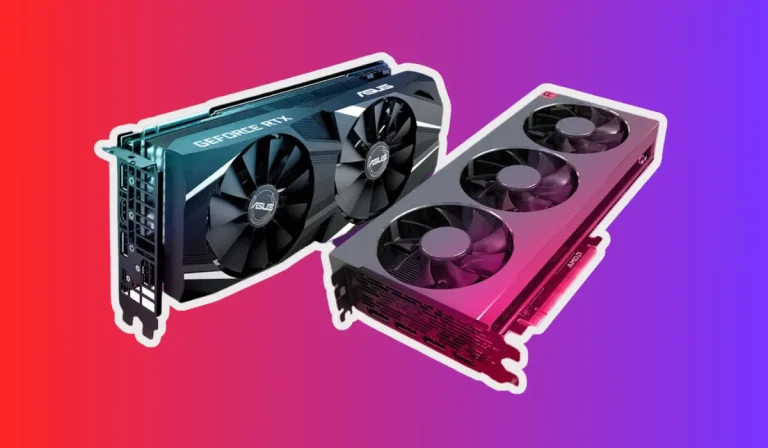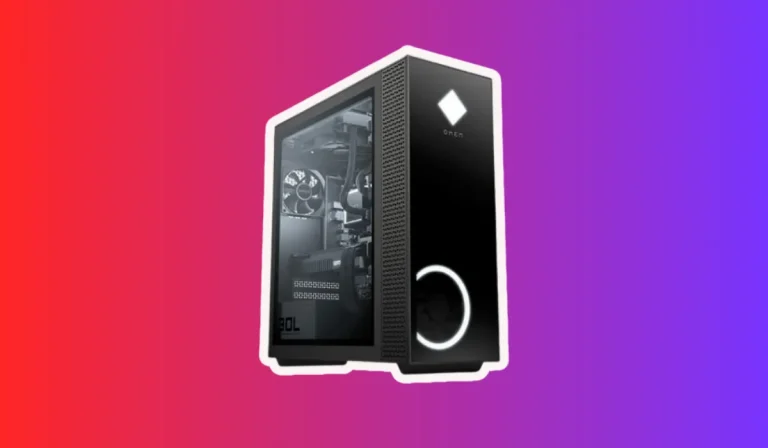How Do I Check If My GPU Fan Has Any Problems?
Is your GPU fan giving you trouble? Don’t worry, we’ve got you covered! Your GPU fan plays a crucial role in keeping your graphics card cool and preventing performance issues.
In this guide, we’ll show you how to easily check if your GPU fan has any problems, so you can take action and ensure your gaming or work sessions are smooth and uninterrupted. Let’s dive in and troubleshoot together!
Tools Needed for Fan Inspection
When it comes to inspecting your GPU fan for any potential problems, having the right tools on hand can make the process much easier. Here, we’ll discuss the essential tools you’ll need to effectively inspect your GPU fan.
1. Screwdriver
A screwdriver is a must-have tool for opening your computer case and gaining access to the GPU fan. Make sure you have a screwdriver that fits the screws on your computer case to avoid any damage or frustration.
2. Compressed Air
Dust and debris can accumulate on the fan blades and heat sink, affecting the fan’s performance. Using compressed air can help you remove this buildup safely and efficiently. Remember to hold the can upright while spraying to prevent any liquid from coming out.
3. Thermal Paste
If you need to remove the GPU fan for a more thorough inspection or cleaning, you’ll likely need to reapply the thermal paste. Thermal paste helps to improve heat transfer between the GPU and the heat sink, ensuring optimal cooling. Make sure to have some thermal paste on hand if necessary.
4. Anti-static Wrist Strap (optional)
While not essential, an anti-static wrist strap can be useful to prevent static electricity from damaging sensitive components while you work on your computer. It’s especially helpful if you’re new to computer maintenance or working in a dry environment.
Step-by-Step Guide to Checking GPU Fan
Is your GPU fan making strange noises or causing your computer to overheat? It’s time to roll up your sleeves and perform a thorough check to ensure everything is in working order. Here, we’ll provide you with a step-by-step guide to checking your GPU fan.
1. Power off your computer and open the case
Safety first! Shut down your computer completely and unplug it from the power source. Carefully open the computer case, ensuring you’re grounded to avoid any static discharge.
2. Locate the GPU fan and visually inspect it for any physical damage
Take a close look at the GPU fan. Are there any obvious signs of damage, such as broken blades or loose connections? If you notice any issues, it might be time to replace the fan.
3. Gently spin the fan to see if it rotates smoothly
Using your finger, gently spin the GPU fan. It should rotate smoothly without any resistance. If you feel any grinding or resistance, it could indicate a problem with the fan’s bearings.
4. Use compressed air to remove dust and debris from the fan blades and heat sink
Grab your compressed air can and carefully blow away any dust or debris that has accumulated on the fan blades and heat sink. Make sure to hold the can upright and use short bursts to avoid any liquid residue.
5. Check the fan’s connection to the GPU and ensure it is securely attached
Inspect the connection between the GPU and the fan. Ensure that it is securely attached and there are no loose or disconnected wires. A loose connection can cause the fan to malfunction.
6. Power on your computer and monitor the fan’s performance using monitoring software
Turn on your computer and observe the GPU fan’s performance. You can use monitoring software like MSI Afterburner or GPU-Z to keep an eye on the fan speed and temperature. Make note of any irregularities or unusual behavior.
7. Monitor the GPU temperature to check for any abnormalities
While the computer is running, pay attention to the GPU temperature. If it reaches unusually high levels or fluctuates erratically, it could indicate a problem with the fan or the cooling system. This might require further investigation or professional assistance.
Troubleshooting GPU Fan Problems
Uh-oh! Is your GPU fan still causing trouble even after inspecting it? Don’t worry, we’re here to help you troubleshoot and resolve those pesky issues. Here, we’ll guide you through some common GPU fan problems and their possible solutions.
1. Fan not spinning or spinning slowly
If your GPU fan isn’t spinning at all or spinning slowly, it could indicate a power or connection issue. First, ensure that the fan is securely connected to the GPU. If the connection is fine, check your computer’s power supply to ensure it’s providing enough power to the GPU. If necessary, try connecting the GPU to a different power cable or port.
2. Fan making loud or unusual noises
A noisy GPU fan can be annoying and indicate a problem. The most common cause is dust or debris stuck in the fan blades. Use compressed air to carefully clean the fan and remove any obstructions. If the noise persists, it might be time to replace the fan.
3. Fan running at high speeds constantly
If your GPU fan is running at high speeds all the time, it could be due to excessive heat. Check if the GPU is overheating by monitoring its temperature using software like MSI Afterburner or GPU-Z. Ensure that your computer’s airflow is adequate and consider cleaning the GPU’s heat sink or adding additional case fans for better cooling.
4. GPU fan not responding to temperature changes
Ideally, the GPU fan should adjust its speed based on temperature changes. If it’s not responding accordingly, update your graphics card drivers to the latest version. If the issue persists, check the fan control settings in your graphics card software and ensure they’re properly configured.
5. Fan blades hitting something or rubbing against components
If you hear a scraping or rubbing sound, the fan blades are likely hitting something or rubbing against other components. Carefully inspect the fan and surrounding areas to identify any obstructions. Adjust or remove anything that might be causing the interference.
FAQ’s
1. How can I tell if my GPU fan is malfunctioning?
If your GPU fan is malfunctioning, you may notice symptoms such as loud noises, erratic spinning, or the fan not spinning at all. Additionally, your computer may experience overheating issues or frequent crashes.
2. What should I do if my GPU fan is not spinning?
If your GPU fan is not spinning, first ensure that it is properly connected to the GPU. If the connection is secure, check the power supply to ensure it is providing sufficient power to the fan. If necessary, try connecting the GPU to a different power cable or port.
3. My GPU fan is making strange noises. What could be the problem?
Strange noises from the GPU fan may indicate a buildup of dust or debris, causing the fan blades to hit obstructions. Use compressed air to carefully clean the fan and remove any obstructions. If the noise persists, it may be necessary to replace the fan.
4. How can I prevent my GPU fan from running at high speeds constantly?
A GPU fan running at high speeds constantly may be a sign of excessive heat. Ensure that your computer has proper airflow and that the GPU’s heat sink is clean. Consider adding additional case fans or adjusting the fan control settings in your graphics card software to maintain optimal temperature.
5. Is it normal for the GPU fan speed to increase when gaming or performing intensive tasks?
Yes, it is normal for the GPU fan speed to increase during demanding tasks to cool down the GPU and prevent overheating. This is typically controlled automatically by the graphics card drivers and can be monitored using software like MSI Afterburner or GPU-Z.
Conclusion
Keeping an eye on your GPU fan is crucial for maintaining the health of your computer. By checking for signs of malfunction, such as unusual noises or improper spinning, and taking appropriate troubleshooting steps, you can ensure that your GPU fan is running smoothly and your system stays cool.




